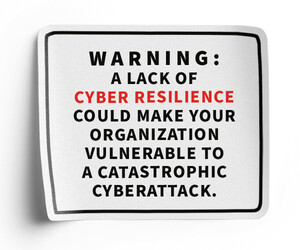Reduce Cyberdefender Burnout With Extra Time Off
It’s important for leaders to signal to their teams in concrete ways that they understand the challenges they face, and they want to help, Dunfee and Smith said. That’s especially true in cybersecurity, where frontline employees might receive a midnight text about an incident in progress that gets them out of bed and onto their computers, where they’ll spend the rest of the night responding to the threat.
Such was the case late Sunday into Monday for some members of FirstBank’s security team, Dunfee said.
When situations like that arise, Dunfee said, affected workers can take some time off shortly afterward through “flex time” that does not draw from their bank of paid time off. The company provides eight hours of flex time for each five hours of time spent responding to a cyber incident. Employees get more flex time than time worked during an incident because of the nature of the work.
“I don’t care if you’re not there for a full eight hours” of an incident, she said. “It’s an incredibly emotional time. It’s very draining. You have to get pulled away from your family, and it’s very intensive work. You might miss a child’s birthday party.”
Some employees don’t want to take flex time after an incident, but Dunfee insists they take at least half a day.
Click the banner below to receive related insights after our event coverage.















